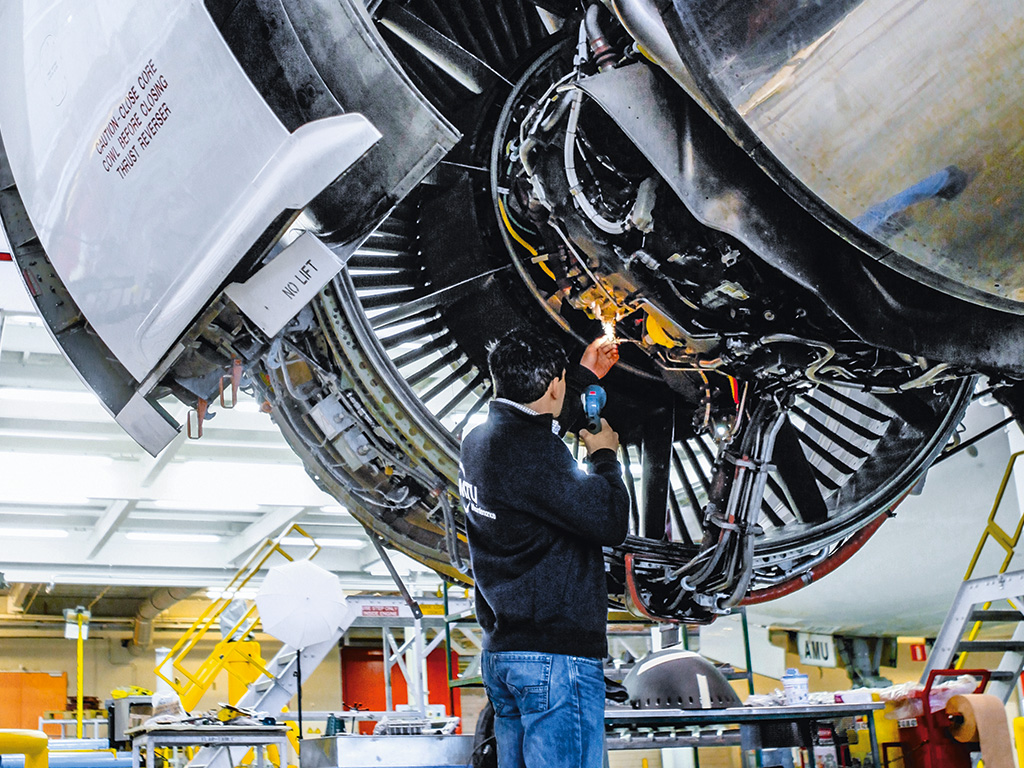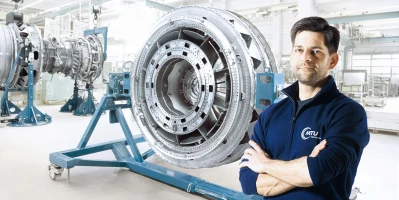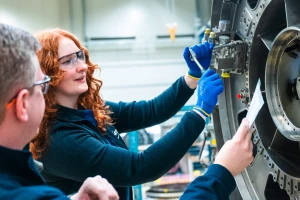What exactly is asset management? While there is no need to go into a highly detailed and academic description here, a simpler explanation would certainly be worthwhile. Dick Forsberg, chief strategist at leasing company Avolon, put it as well as anyone some years ago when he said: “Buy well, sell better, and act with care in between.” Specifically, then, asset management is about seeking to maximize the value of “assets” (facilities, machines or buildings—or, in the case of the aviation industry, aircraft) employed in pursuit of a given business goal.
Even so, asset management varies considerably depending on circumstances, such as the nature of the owner—airline or leasing company—and the age of the aircraft. “A 30-year-old Boeing 747 with CF6 engines is still worth millions, but without the engines it’s practically scrap,” says Jürgen Kuhn, head of corporate development at MTU Aero Engines, highlighting the difference. The thing is, he says, that airframes have a fixed service life, after which the “asset” is good only for scrap.
However, that is not necessarily the case for the various other components of an aircraft—and particularly not for the biggest and most expensive parts, the engines. Engines do have a number of life limited parts (LLP), but once the engine has undergone a comprehensive overhaul it is practically as good as new and can be used for many years to come. Whether that happens depends on a number of factors—not just the general market situation, business circumstances and the owner’s plans—but also the type of engine and the range of maintenance and overhaul services available for it.
Disassembly At MTU Maintenance, components with a longer useful life than the engine in which they were originally incorporated can be repaired and reused in other engines.
Let’s look at an example. An airline has an engine with around 2,000 flight cycles left in its service life. It is currently fitted to a type of aircraft the airline wants to operate for another five years. However, 2,000 cycles is not enough for five years of operation–at the same time, it wouldn’t make sense to replace the life limited parts with brand new ones that would last 20,000 flight cycles or more. The decision is taken to install used replacement parts with 5,000 cycles left in them so that the engine can subsequently be dismantled and any still usable components sold off. In the case that the airline wanted to sell the engine in its entirety once it had left service, it would need to install replacement parts with a much longer service life remaining. There’s no doubt that good asset management is a wrestle with a large number of unknowns; at the end of the day, it is about doing what you can to ensure that the engine can still be used in a way that fits in with the owner and their current and future requirements.
How engines can be given a second lifeViable components reclaimed from several different decommissioned engines can be used to construct a reconditioned engine with several more years of useful life.
All from a single source
MTU Mature Engines Solutions offers operators of older engines—within the MTU Maintenance portfolio, that means engines such as the CF6-80 and CFM56-3—these kinds of solutions. One of the key players in getting these activities off the ground was Southwest Airlines. The U.S. budget airline was approaching the phase-out of its last Boeing 737-500 and -300 aircraft along with their CFM56-3 engines when MTU Maintenance Canada made a proposal to obtain replacement parts for the remaining engines by using the engines from the 737 aircraft being removed from service (“three into one”). This ensures that the phase-out—which is to be completed by 2018—is as efficient and cost-effective as possible.
Dennis Reichel from corporate development at MTU points out the company’s advantage as both manufacturer and independent provider of maintenance services. This allows it to offer a complete package from a single source—something a spare parts provider cannot hope to achieve. “We have the market and technical know-how to determine the optimum point at which to retire an engine from service.” But it is about more than just taking the engine from the customer and scrapping it. “We can find a use for the individual components because of the number of overhauls we complete within our network,” says Reichel. “Also,” continues Jürgen Kuhn, “our repair skills surpass those of most overhaul operations and manufacturers, meaning that we can reuse more components and so create added value for the customer.”
In a period of extremely low prices for crude oil and kerosene, some airlines are considering putting off the entry into service of new, fuel-efficient but expensive to procure aircraft, preferring to operate the aircraft they have for longer. Depending on the timeline airlines decide on, this means either exchanging life limited parts so that the engines stay fit for further years of service or else handing over in payment to MTU engines that have come to the end of their service life while buying or leasing replacement engines. Ultimately, asset management is all about finding individual solutions for customers’ varying requirements.











